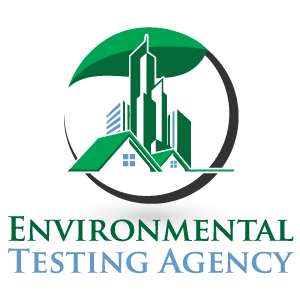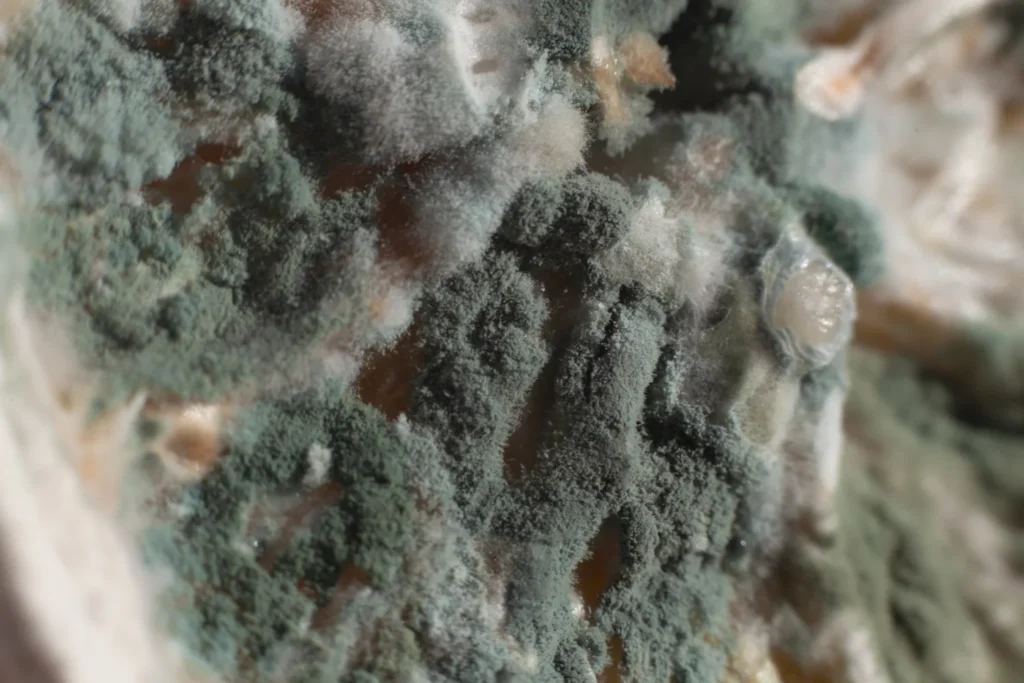Coastal Homes: Expert Mold Testing in Florida
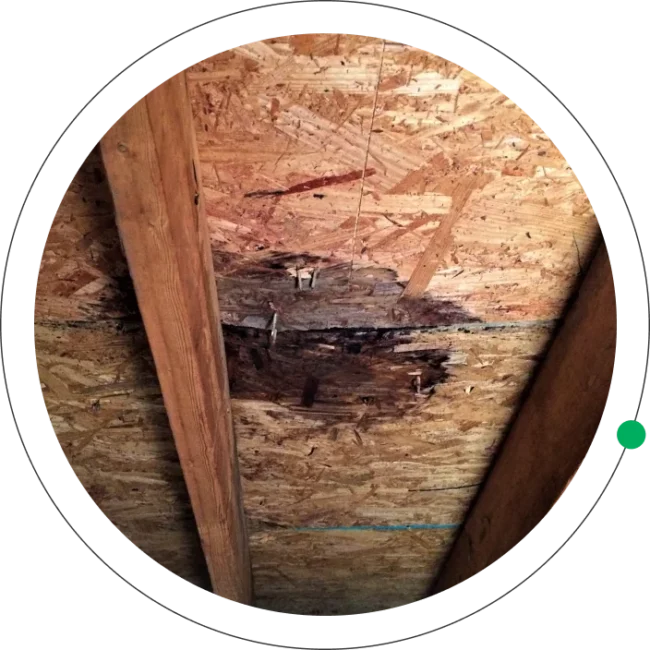
Why is Coastal house a place prone to mold growth?
Living by the coast in Florida offers beautiful views and a relaxed lifestyle, but it also comes with unique challenges, especially when it comes to mold. The warm, humid climate can create the perfect conditions for mold growth, so homeowners need to be aware.
At ETA Mold, we specialize in Coastal House Mold Inspection and Testing, giving you the expertise and peace of mind you need. Our thorough mold testing helps identify mold issues early, ensuring your home stays a safe and healthy place. Whether you see visible signs of mold or just want to take precautions, we’re here to help you protect your investment and enjoy coastal living without worry.
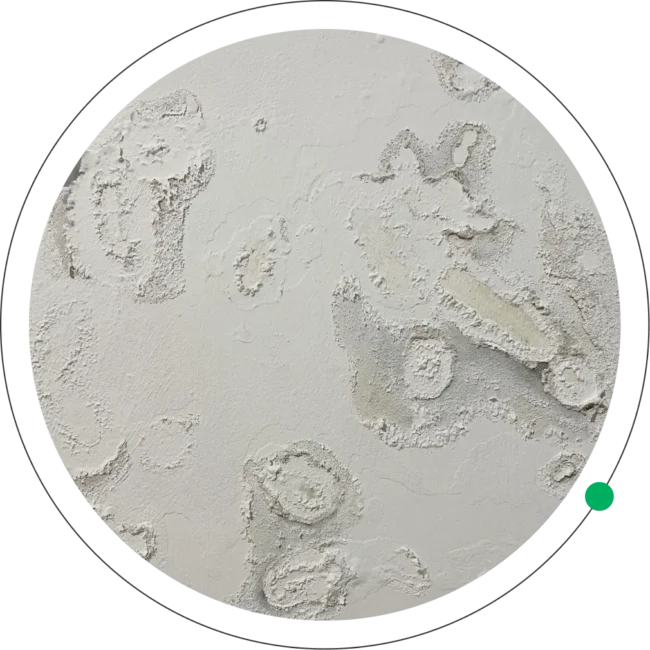
Signs You Need Mold Testing for
Coastal House

Musty Odor
A persistent musty smell can indicate hidden mold. Check behind furniture, under carpets, and in closets if you notice an odor.

Visible Spots
Watch for water stains on walls and ceilings, which can signal leaks or moisture problems, especially around windows. In coastal homes, heavy rain can lead to water buildup that promotes mold growth.
.

Discoloration
Unusual stains or discoloration on surfaces, particularly on walls, ceilings, and fabrics. Mold testing will confirm if mold is the cause.

Peeling Paint
Paint that is peeling, bubbling, or cracking due to moisture. Mold testing can help determine if moisture buildup has led to mold in the area.

Health Symptoms
Increased allergy symptoms such as sneezing, coughing, or skin irritation among residents.

Warped Wood
Warping, cracking, or softening of wooden structures and furniture due to moisture or mold. Mold testing can assess the extent of damage and identify hidden mold.

Condensation
Excess moisture on windows, especially in the morning, may suggest high humidity that can lead to mold.

Dampness
Check areas in your home that are prone to moisture, like basements and under sinks. If these spots feel damp or are often wet, it’s a strong sign that mold could be growing.
Tips to Identify Coastal House Mold
- Mold often produces a musty or earthy smell. If you notice this odor in certain areas of your coastal home, it could be a sign of mold growth.
- Check for black, green, white, or gray spots and patches on walls, ceilings, floors, and furniture.
- Mold can appear in various colors and textures.
- Examine surfaces for unusual stains or discoloration, especially on walls, ceilings, and fabrics.
- Mold can cause surfaces to appear stained or blotchy.
- Look for paint that is peeling, bubbling, or cracking, which can be caused by moisture seeping through walls and promoting mold growth.
- Ensure that crawl space vents are not obstructed and are adequate for the size of the space.
- Pay attention to increased allergy symptoms such as sneezing, coughing, or skin irritation among residents, as these can be triggered by mold spores.
- Inspect wooden structures and furniture for signs of warping, cracking, or softening, which can indicate moisture problems and potential mold growth.
Regularly inspecting your Coastal House
and maintaining proper ventilation, insulation,
If you want to protect your coastal home from mold, ETA Mold is here for you. We know Florida’s climate and the mold challenges that come with living by the coast.
Our detailed inspections use the latest tools to uncover hidden mold and moisture issues, and we provide clear reports that are easy to understand.
Preventing Coastal Mold: When to Use Mold Testing
To protect your coastal home from mold, follow these tips, and use mold testing to ensure your home is safe and dry:
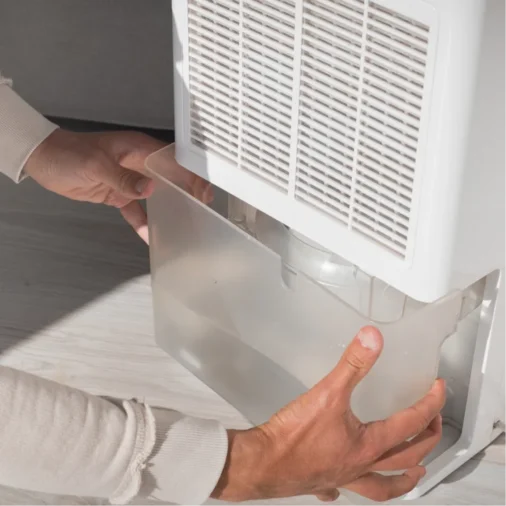
Control Humidity
- Keep indoor humidity between 30% and 50%. Check humidity levels regularly with a hygrometer, and adjust your dehumidifier as needed.
- During very humid months, running your air conditioning can also help manage moisture.

Ensure Proper Ventilation
- Good airflow is important for fighting mold. Make sure your home is well-ventilated, especially in areas with a lot of moisture.
- Install exhaust fans in bathrooms and kitchens to remove humidity after showers and cooking. If you have an attic, ensure it has enough vents to let air flow and prevent heat buildup.
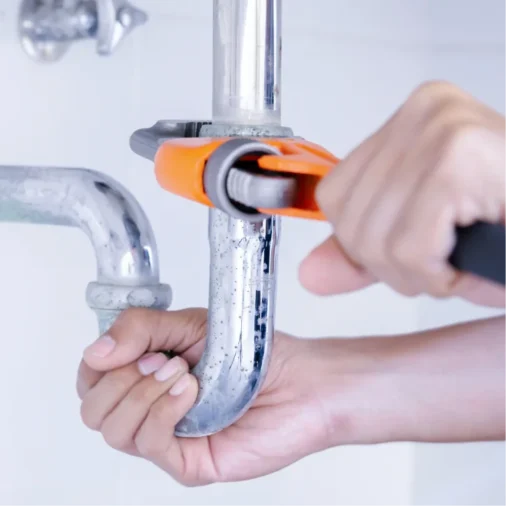
Seal Leaks
- Check your plumbing, roof, and windows regularly for leaks. Even small leaks can cause big moisture problems. If you see water stains or damp spots, investigate right away.
- Fixing leaks quickly helps stop water from pooling and creating a mold-friendly environment.
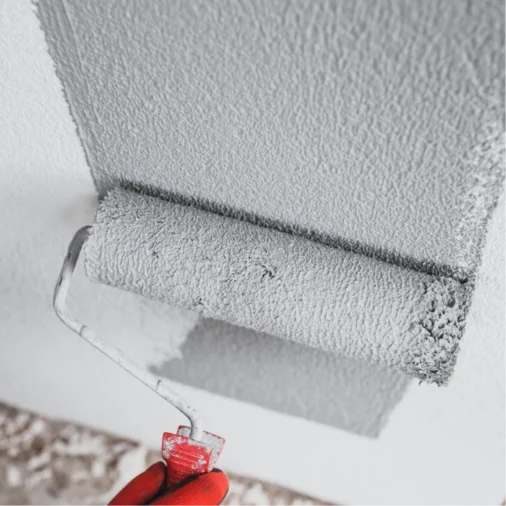
Waterproofing
- Apply waterproof coatings to your home’s exterior walls and foundations to keep moisture out.
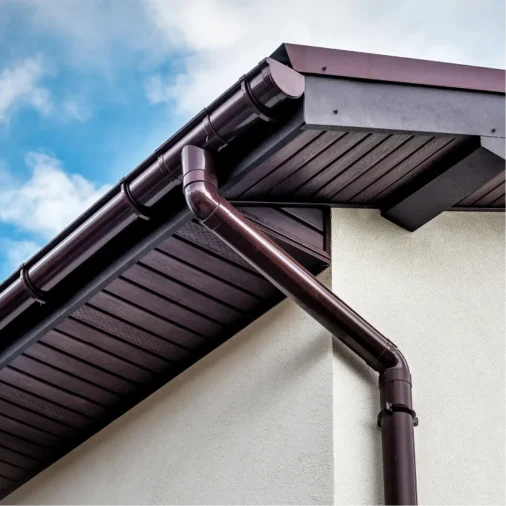
Maintain Gutters
- Keep gutters and downspouts clean to prevent clogs that can cause water overflow. This is especially important during hurricane season when heavy rains can lead to water buildup.

Monitor Indoor Plants
- Be careful not to overwater plants, and ensure pots have good drainage to prevent mold in the soil.
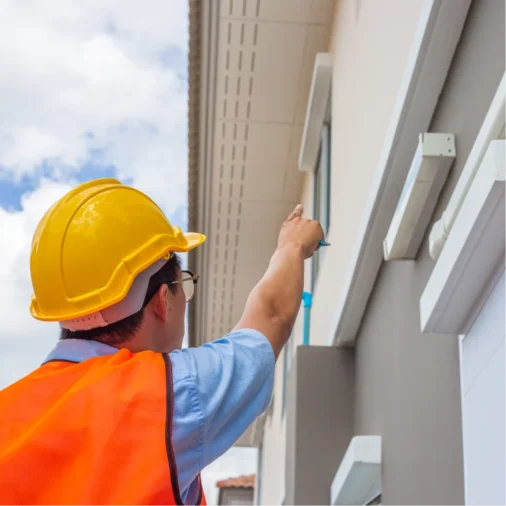
Check Coastal Storm Damage
- Coastal areas can see big shifts in humidity and rainfall throughout the year. After heavy storms or during humid summer months, take extra care. Increase ventilation, check for leaks, and stay on top of areas that might develop mold.
- A thorough home inspection after storms can help ensure everything is dry.

Regular Inspections
- Periodically inspect your home for signs of mold or moisture problems, and address any issues immediately. Mold testing can detect hidden mold that may not be visible during regular inspections.
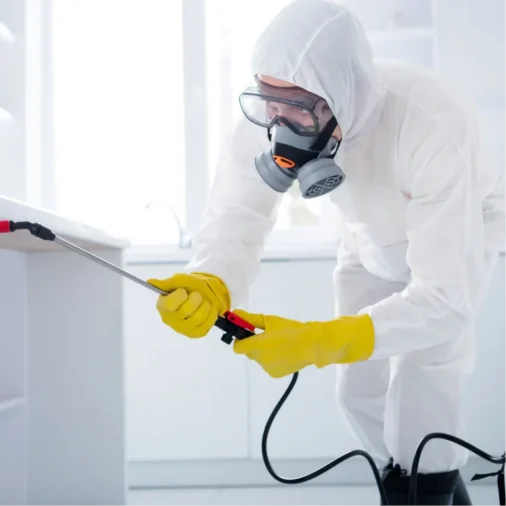
Professional Maintenance
- Consider hiring professionals for regular home maintenance and inspections, especially in areas prone to mold growth. Mold testing ensures that any potential mold problems are detected and addressed promptly.
Choose ETA for Expert Mold Testing
If you want to protect your coastal home from mold, ETA Mold is here for you. We know Florida’s climate and the mold challenges that come with living by the coast. Our detailed mold testing uses the latest tools to uncover hidden mold and moisture issues, and we provide clear reports that are easy to understand. Mold testing ensures that your home stays healthy and free of mold, no matter the weather.
Professional Mold Inspection & Air
Quality Testing Services in South Florida.

The Mold Testing & Inspection Process

DETECTION
We’ll discover the source of infrastructure damage. This is imperative and also the first step in our process.

TESTING
All samples are sent to an accredited laboratory for mold testing. Our labs ensure that you receive the most accurate results possible.

ASSESSMENT
Our certified assessors provide a comprehensive report with lab analysis, detailing the findings and next steps. Mold testing gives you a clear understanding of your situation.

Why Choose Environmental
Testing Agency?
Our team is comprised of industry-certified experts with extensive knowledge and experience in environmental testing. We utilize the latest technology and methodologies to ensure accurate and reliable results, making us leaders in the field.
Expertise
We are committed to providing exceptional customer service. Our team is responsive, thorough, and dedicated to assisting clients through every step of the testing process. We prioritize clear communication and tailored solutions to meet your specific needs.
Customer Service
Quality is at the core of everything we do. From rigorous testing procedures to detailed reporting, we ensure that all services meet the highest standards. Our commitment to quality helps clients make informed decisions based on dependable data.
Quality
Licensed, Certified,
and Insured Mold Inspection
and Air Quality Testing Company.

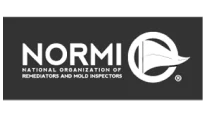



Before Booking an Air Quality Test
and Mold inspection Services
Receive $50 off!

Coastal House Mold FAQ’S
Mold loves humid places, which is why coastal homes are especially at risk. High humidity, water leaks, and poor airflow create perfect conditions for mold to grow. Exposure to saltwater and heavy rain can also add to the moisture problem.
Look for visible mold on surfaces, a musty smell, or water stains on walls and ceilings. If you notice any of these signs, it’s important to check further because mold can hide in walls or under floors.
To keep mold at bay, manage humidity with dehumidifiers and ensure good ventilation in bathrooms and kitchens. Regularly check for leaks, clean your gutters, and use mold-resistant materials when renovating. Storing items in airtight containers can also help.
Not all mold is harmful, but many types can cause health issues, especially for people with allergies or breathing problems. It’s best to take care of any mold growth quickly and consult a professional for testing and cleanup.
It’s a good idea to inspect your coastal home for mold at least once a year, especially if you’ve had water damage or live in a humid area. Regular inspections help catch any problems early.
Yes, mold can lower your home’s value. If left untreated, it can cause structural damage and health concerns, making your home less appealing to buyers. Taking care of mold issues early can help keep your home’s value intact.
While you can clean small patches with soap and water, bigger infestations are better handled by professionals. DIY methods might not fully eliminate the mold, and mishandling can spread spores into the air. It’s safer to call in a mold expert for complete removal.
Mold exposure can lead to various health problems, particularly with breathing, allergies, and asthma. Symptoms may include coughing, sneezing, or skin irritation. If you suspect mold in your home, it’s important to address it quickly for your health.
The turnaround time for mold testing results can vary depending on several factors, including the type of test performed, the laboratory’s workload, and the specific protocols of the testing facility. After receiving the results, it’s advisable to review them with a qualified professional who can provide interpretation and recommendations based on the findings. They can help determine if remediation measures are necessary and guide further actions to address any mold issues identified.
Whether you should do mold testing yourself or hire a professional depends on several factors, including your expertise, the complexity of the situation, and the level of accuracy and reliability required.n conclusion, while DIY mold testing kits can be a cost-effective initial step for basic assessments, professional mold testing is generally recommended for more accurate, comprehensive, and reliable results. It ensures that potential mold issues are properly identified, assessed, and addressed according to industry standards and best practices.
Areas We Serve
In Florida
1. Miami Dade
- Coral Gables
- Coconut Grove
- Miami Beach
- Star, Palm & Hibiscus Island
- Key Biscayne
- Keystone Islands
- San Souci
- Miami Shores
- Pinecrest
- Brickel
- Bal Harbor
- Bay Harbor Islands
- Indian Creek
- Surfside
- Eastern Shores
- Sunny Isles
- Aventura
- Golden Isles
- Golden Beach
- The Roads
2. Broward
3.Palm Beach
- Royal Palm Beach
- Lake Worth
- Lantana
- Boca Raton
- Boynton Beach
- Manalapan
- Singer Island
- South Palm Beach
- North Palm Beach
- Tequesta
- Highland Beach
- Ocean Ridge
- Country Club Acres
1. Miami Dade
- Coral Gables
- Coconut Grove
- Miami Beach
- Star, Palm & Hibiscus Island
- Key Biscayne
- Keystone Islands
- San Souci
- Miami Shores
- Pinecrest
- Brickel
- Bal Harbor
- Bay Harbor Islands
- Indian Creek
- Surfside
- Eastern Shores
- Sunny Isles
- Aventura
- Golden Isles
- Golden Beach
- The Roads
2. Broward
- Bonaventure
- Hallandale
- Miramar
- Hillsboro Beach
- North Lauderdale
- Coconut Creek
- Hollywood
- Sea Ranch Lakes
- Oakland Park
- Sunrise
- Coral Springs
- Parkland
- Dania
- Lauderdale By The Sea
- Pembroke Park
- Tamarac
- Davie
- Pembroke Pines
- University Park
- Deerfield Beach
- Plantation
- Weston
- Fort Lauderdale
- Lighthouse Point
- Pompano Beach
- Wilton Manors
3. Palm Beach
- Royal Palm Beach
- Lake Worth
- Lantana
- Boca Raton
- Boynton Beach
- Manalapan
- Singer Island
- South Palm Beach
- North Palm Beach
- Tequesta
- Highland Beach
- Ocean Ridge
- Country Club Acres
- Jupiter
- Palm Beach
- Jupiter Inlet Colony
- Palm Beach Gardens
- Wellington
- Jupiter Island
- Palm Beach Shores
- Delray Beach
- Palm Springs
- Lake Clarke Shores
- Pelican Lake
- West Palm Beach

